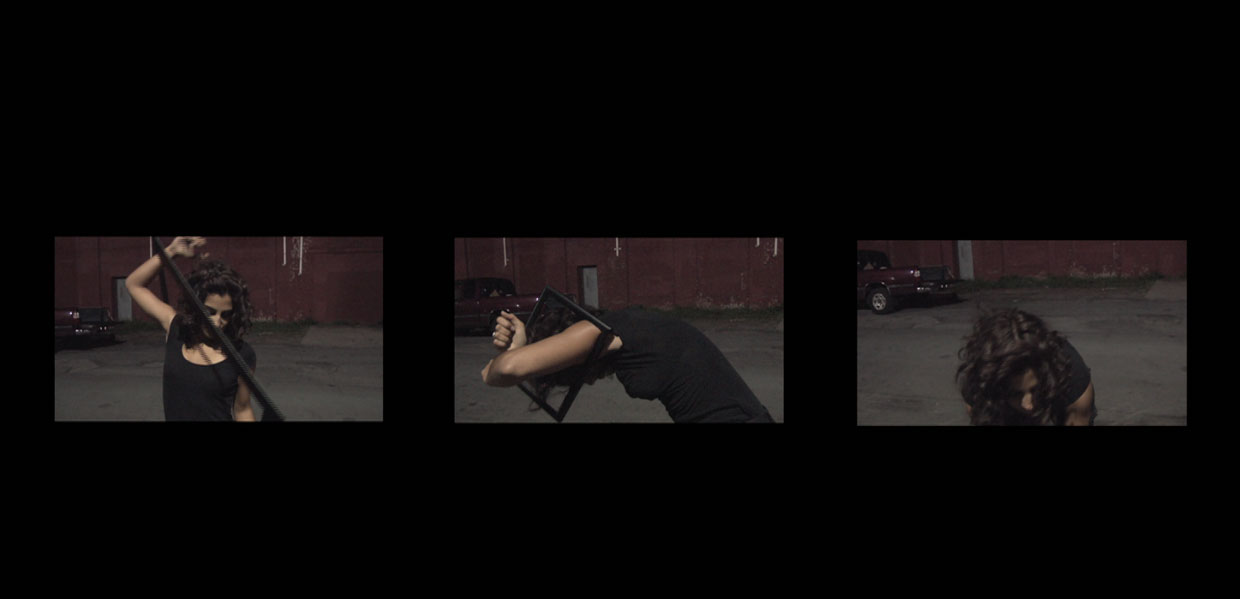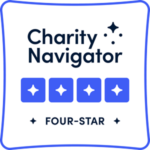
Chalkboard Chats is an interview series highlighting the teaching artists who dedicate their time and expertise to ArtsConnection students.
Sarah Dahnke is a choreographer who’s fluent in physical emotion. Trained in a variety of styles, her work has appeared on stage, film and galleries across the country, often deepening our understanding of what our bodies can do and say. With a bachelor’s degree from Oklahoma City University and a master’s from NYU, she is uniquely suited to teach the next generation of movers.
A relatively new member of the ArtsConnection family, Sarah discusses setting personal and artistic boundaries and how our organization helps amplify student voices.

What’s your earliest memory of being moved by art?
It’s probably a combination of watching [Michael Jackson on] MTV at an early age and the movie musicals that my grandma loved so much. I remember watching both standing up, mimicking movements, singing along.
What kind of music did your parents play while you were growing up… and did the apple fall far from the tree?
My parents have different musical tastes from one another. My dad has always been into 1960s sunshine pop/bubblegum pop, and my mom has always been more into rock music. When I went through my “alternative rock” phase, my mom was right there with me, sharing my Pearl Jam CDs. However, I’ve always been more consistently into music with a strong rhythm. I love funk, soul, disco – when I am the DJ, that’s what I play. I did inherit my parents’ record collection, and the shared gem between all three of us is Stevie Wonder’s “Songs in the Key of Life.”
Describe your primary school arts education in three words.
The Ugly Duckling.
How long have you been teaching with ArtsConnection?
Off and on since 2018.
What has been one of the biggest challenges?
Schools, especially NYC public schools, are challenging environments. They often do not feel conducive to learning, from the moment you enter and are checked by security, to the moment you need to use the bathroom and have to hunt down a key from a teacher or administrator, to the times when your artmaking lesson is cut short because of a standardized test; there are so many ways you are told no in that environment, as a teacher and as a student.
Any surprising rewards?
The reward is always the joy the students have in the process and when they get to see the results of their work. With my very first residency at ArtsConnection, I had five elementary school classes doing stop motion animation, and the final sharing was a big animation film festival for the whole school. Those kids were so, so proud, and so, so excited to show off the work they had done to their peers and families. Even now, though, with classes happening remotely, I am surprised every week by the engagement students have, even after such a challenging year. They want more outlets to create!
How has teaching children changed your outlook on art?
Oh my gosh, it has fully changed how I create. I started working as a teaching artist in Chicago in 2006. Before that, I had a really traditional dance education background and had been teaching in private studios like the one I grew up in. Once I started working as a teaching artist and working with students to create and collaborate – rather than just didactic repetition – it opened a whole new world for me. As an artist, I now primarily work in collaboration with communities of people, often folks who do not define themselves as artists. But everyone has a story to tell, and our process of creation finds a space to lift that story up. I first learned how to facilitate those spaces through [this] teaching artist work.
Name an artist – living or dead – you’d like to have dinner with and why.
Prince. Does this need explanation? Having dinner with Prince would be the honor of a lifetime. One of my favorite pandemic reads was his partial autobiography, “The Beautiful Ones.” I love hearing about what inspired him, how he thought about creating. And the one evening I was so lucky to see him live at Madison Square Garden remains the best live performance of any genre I have ever experienced.
Time management is hard. Any tips on managing a personal artistic practice with a teaching career?
If this year has taught me anything, it’s know your boundaries. Take a breath, most things are not an emergency. It’s easy to think every email, every text message, every notification requires your immediate attention. It does not. Prioritize what is meaningful to you. Create blocks of time that are only for focusing on teaching-related work or your artistic practice, and try to honor those. If you’re in your studio, and an email about teaching comes through, you can reply after you leave your studio. If you’re teaching, and someone sends you a text about rehearsal, you can reply when you’re done teaching. Take a breath, and remind yourself what is important to you in that moment.
In your own words, describe why the work we do at ArtsConnection is important.
We provide tools for students to [amplify] their voices.


